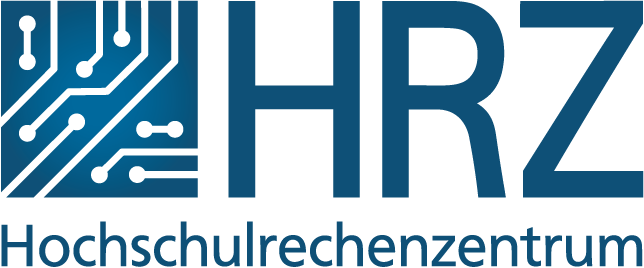Goals of the project
The goal of the project UC changeover (UC stands for Unified Communications) is to replace the outdated Alcatel telecommunications system at TU Darmstadt with a modern IP-based Unified Communications solution. A TU-ID is a mandatory requirement for the Webex client.
As part of the project, Webex is being rolled out as the new client, with the aim of:
- Equipping as many workstations as possible with a softphone solution. Traditional desk phones are only intended for employee workstations in special cases.
- The Webex client replaces Jabber:
- For Jabber users, the graphical user interface (GUI) will change.
- Cisco prioritises the Webex client for further development, while Jabber is only maintained.
Benefits of the Webex client:
- Enables seamless chat communication via a cloud service.
- Telephony remains within the TU’s own network.
- The client is compatible with Linux.
Affected by the changeover are:
- All employees of TU Darmstadt with a telephone connection or a Jabber client.
- Student Affairs and external institutions that use the HRZ telephone service.
- Users who only use the Jabber client must switch to the Webex client.
User groups
- All services,
- central administration,
- university groups and student governing bodies of the TU Darmstadt,
- as well as external institutions with a TU-ID and/or network connection can apply for the HRZ telephony service.

